Complex Transitive Verb
Complex transitive verb, also known as a ditransitive verb, is a verb that takes both a direct object and an indirect object. In other words, it involves an action that is transferred from the subject to both a direct object and an indirect object. This type of verb structure is common in English, and it adds depth to the information conveyed in a sentence.
The structure of a complex transitive verb can be represented as follows:
Subject→”Verb” →Direct Object→”To/For”→Indirect Object
Examples of Complex Transitive Verbs:
- She gave him a book.
- In this sentence, “gave” is the complex transitive verb. “Book” is the direct object, and “him” is the indirect object. The action of giving is directed both to the book and to him.
- He sent his mother some flowers.
- “Sent” is the complex transitive verb. “Flowers” is the direct object, and “his mother” is the indirect object. The action of sending is done to both the flowers and his mother.
- They told us an interesting story.
- “Told” is the complex transitive verb. “Story” is the direct object, and “us” is the indirect object. The action of telling is directed to both the story and us.
It’s important to note that not all verbs are complex transitive. Some verbs are intransitive (don’t take a direct object), some are transitive (take a direct object only), and some are complex transitive (take both a direct and an indirect object).
Understanding the structure of complex transitive verbs is crucial for constructing grammatically correct sentences and conveying the intended meaning in a clear and precise manner.

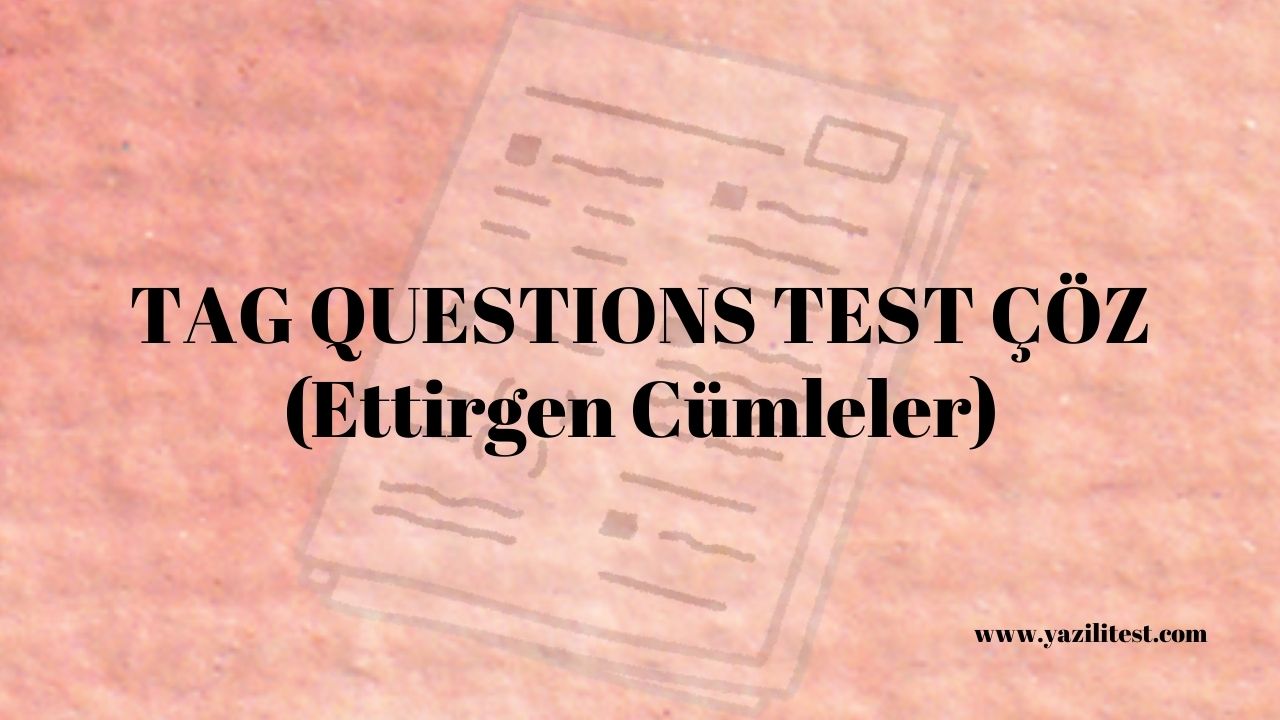
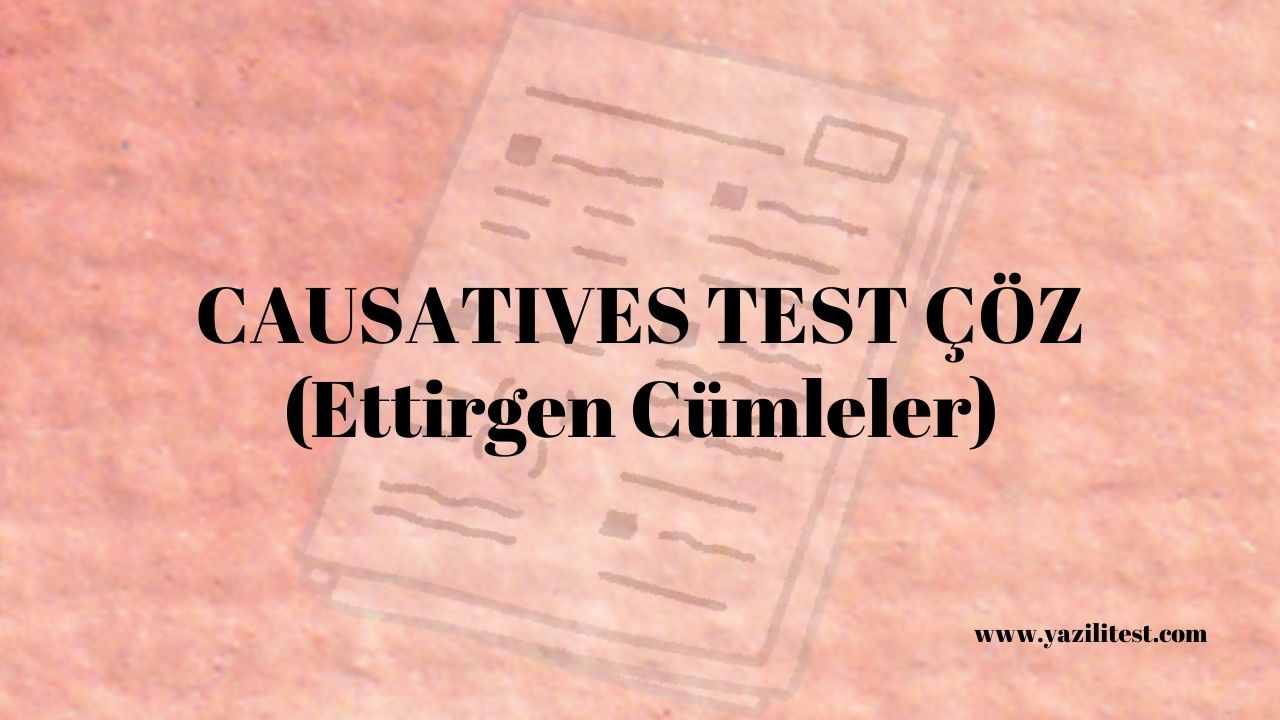







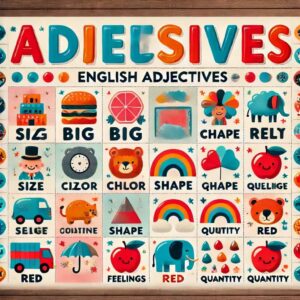
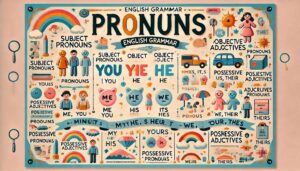
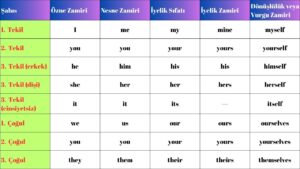

Yorum gönder